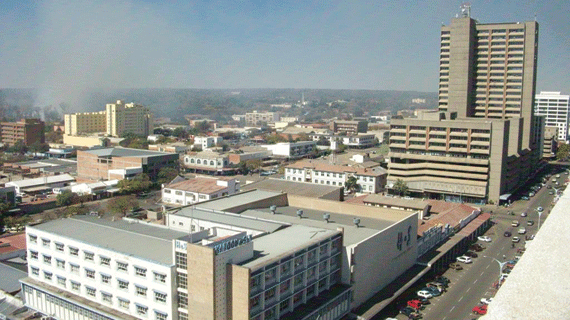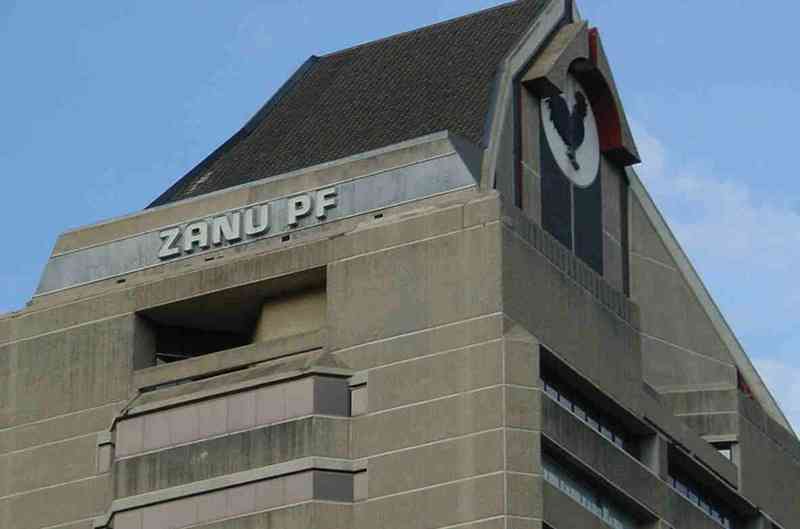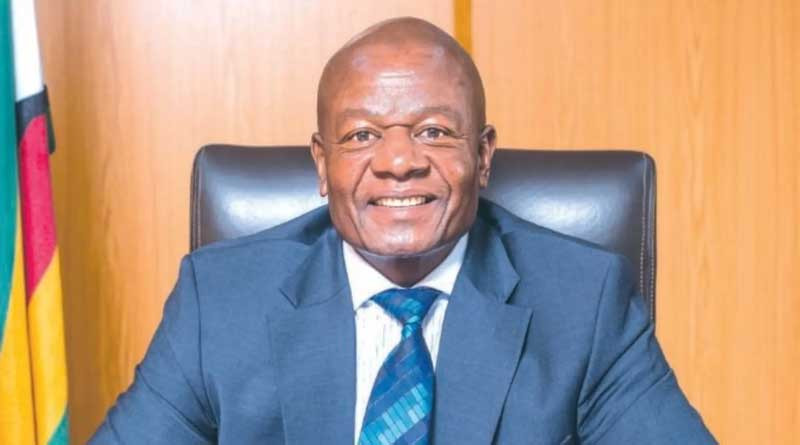
ENERGY and Power Development minister Edgar Moyo has said government is not in a position to say when load-shedding will end.
He also indicated that the nation should expect power imports to end in 2025.
The country is currently enduring rolling power power outages lasting over 15 hours on some days owing to reported technical faults at the Hwange Thermal Power Station and a scheduled maintenance at one of the units.
In Parliament yesterday, legislators took Moyo to task during thequestion-and-answer session, but the minister said he could not provide a definite timeline for ending power cuts.
“We will begin to experience reduced load-shedding at the end of November when Unit 7 comes on board,” Moyo said.
“At the moment, I cannot give a timeline on complete load-shedding because it may take time.
“When it comes to eliminating power imports, we expect to end that by 2025.”
Moyo said government was banking on independent power producers (IPPs) to cover the shortfall.
- Cars up for grabs in batteries competition
- Africa should be better prepared for Europe’s security funding shift
- Sadc PF wants right to health enforceable
- AG’s report shows growing impunity at the heart of govt operation
Keep Reading
The Zimbabwe Energy Regulatory Authority has licensed over 100 small IPP projects in the past five years with capacity to produce a combined 1 300 megawatts (MW), but the majority of them remain non-operational.
As of Tuesday this week, Zimbabwe was producing 1 262MW of power — Hwange (674MW), Kariba (550MW), IPPs (38MW) and nothing from small thermal power stations.
Hwange has a full capacity of 920MW, while Kariba has an installed capacity of 2 010MW, with a combined output of 2 930MW.
Moyo said ageing power infrastructure and shortage of foreign currency to acquire spare parts for maintenance and repairs were some of the major reasons for the electricity supply interruptions.
“Our power generation is not always consistent, this is due to ageing equipment and a shortage of foreign currency for maintenance and repairs,” he added.
The acute power cuts have forced some business entities to scale down operations with others temporarily laying off staff.
Before the latest load-shedding regime, Zimbabweans were already enduring at least 12-hour power cuts due to depressed generation capacity.











